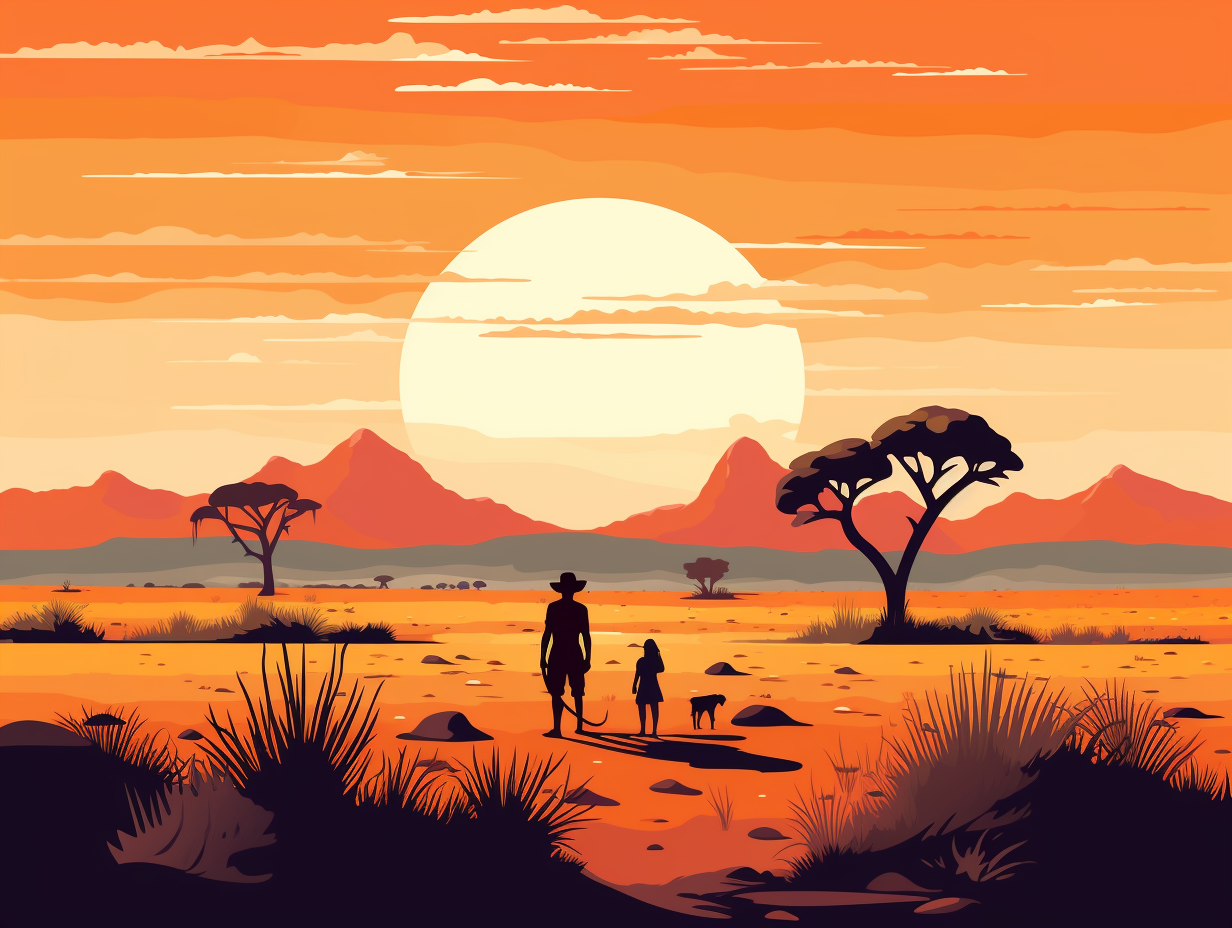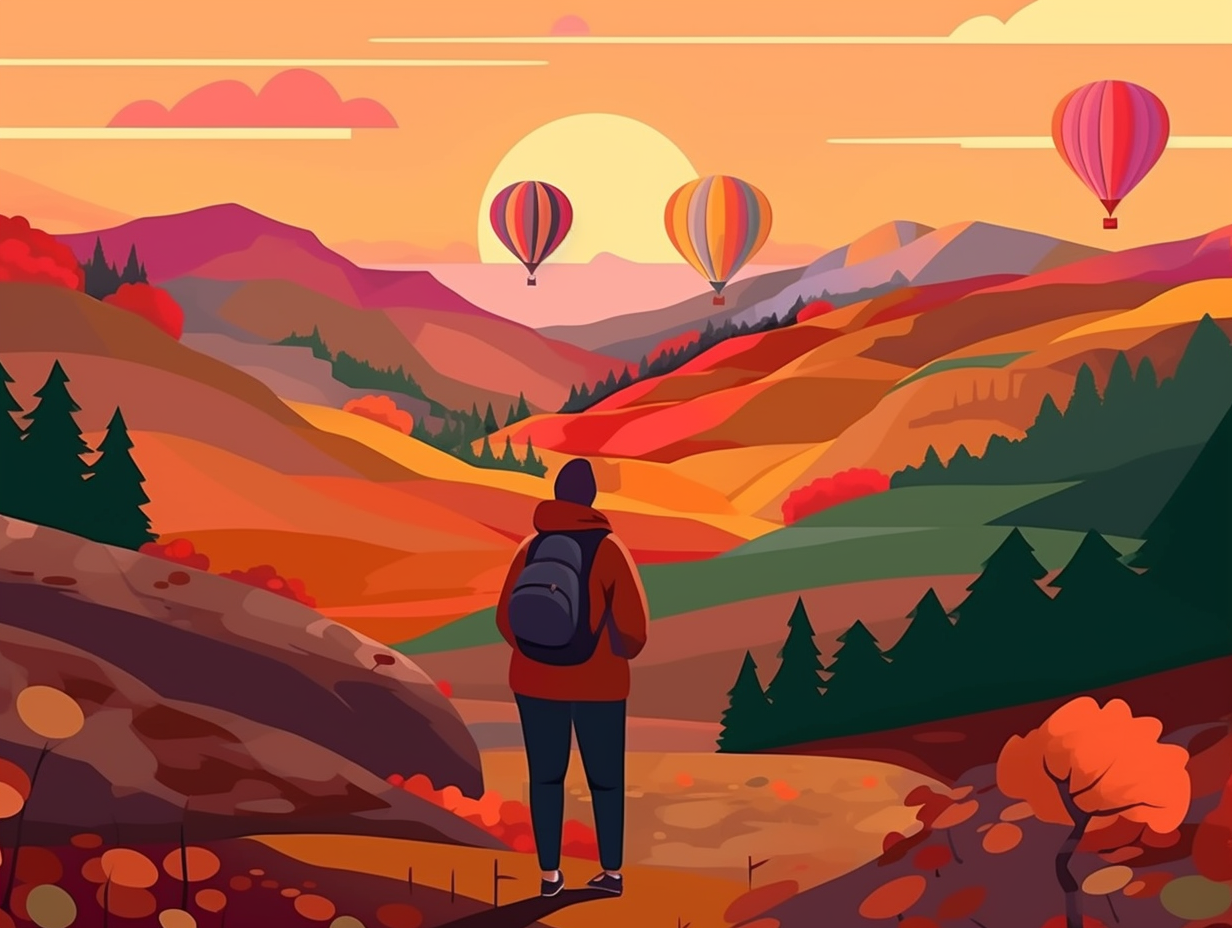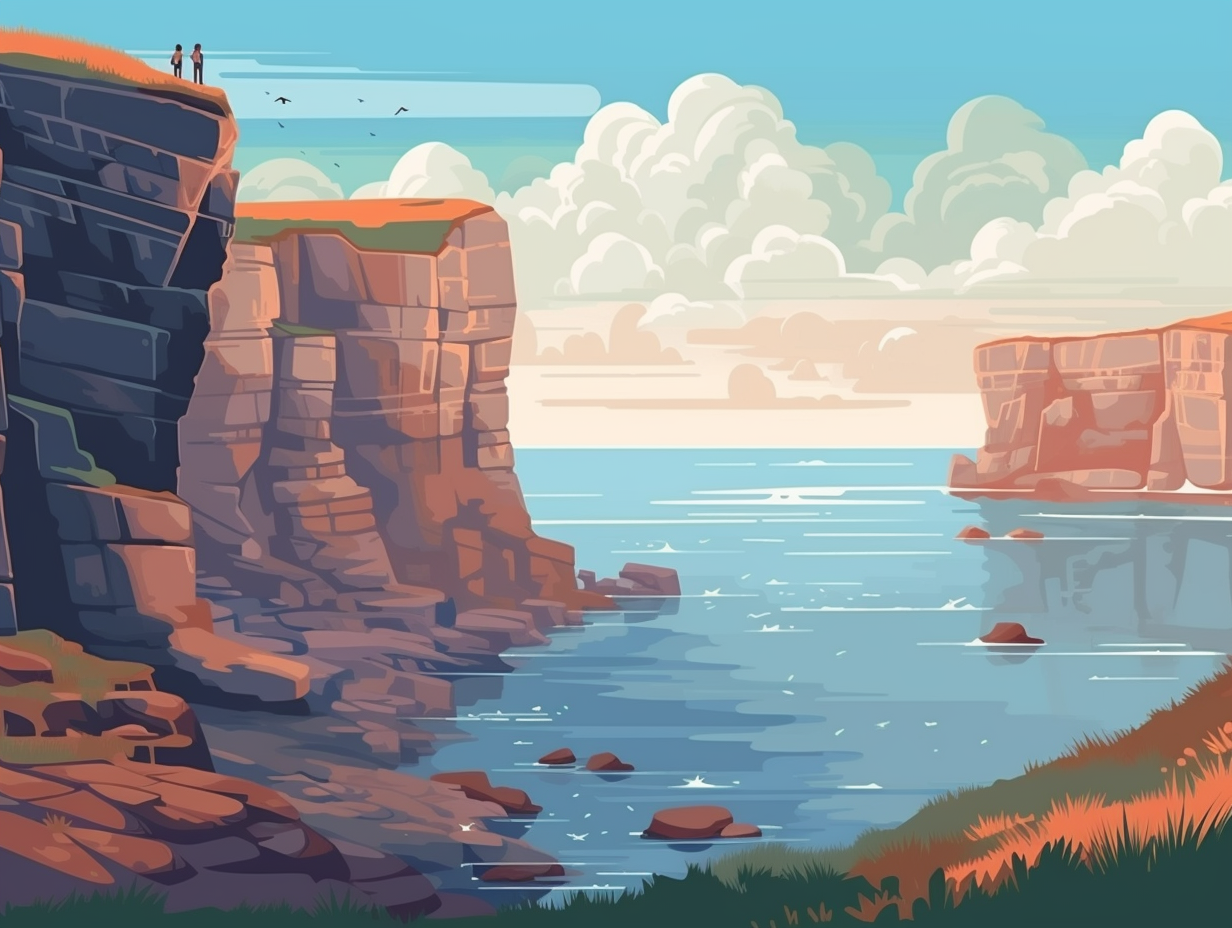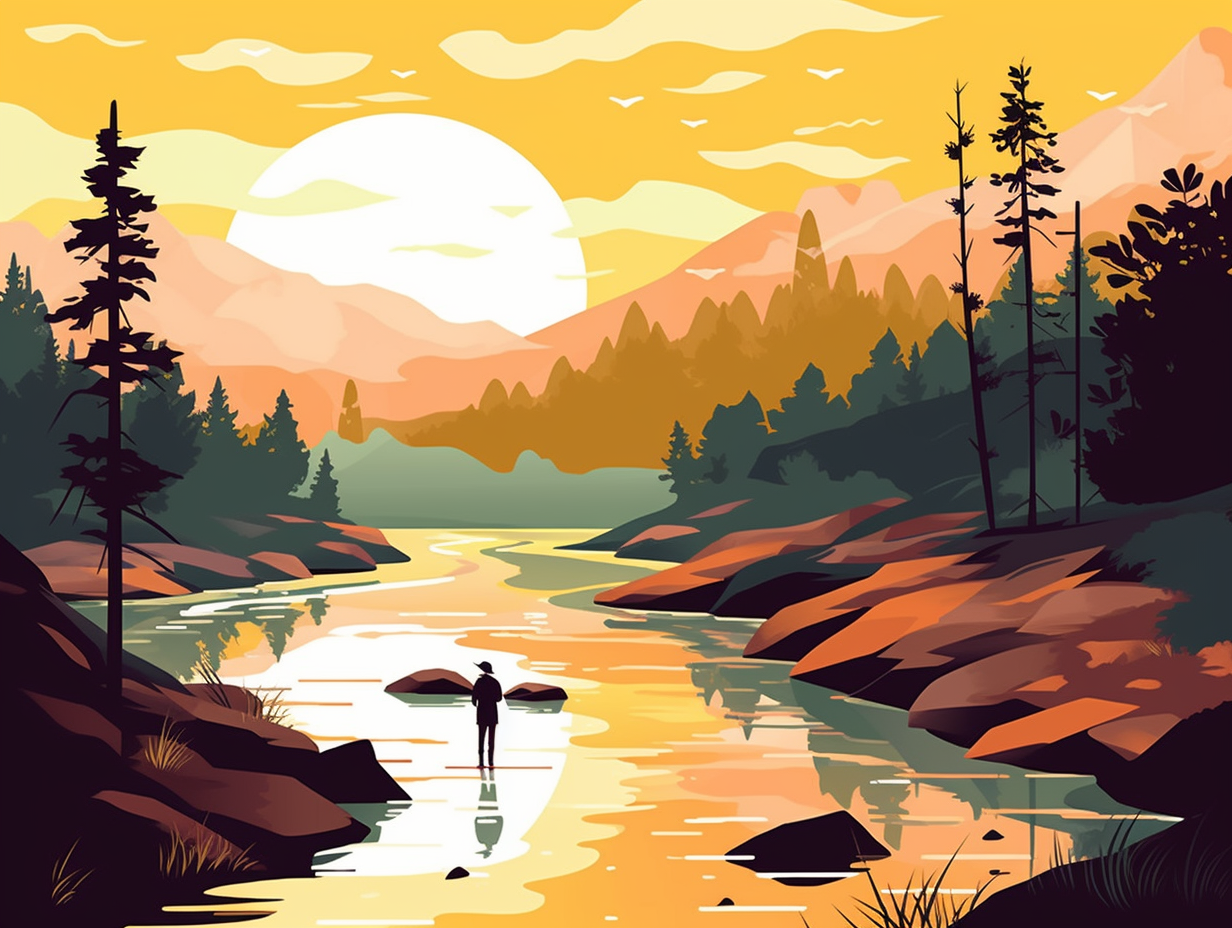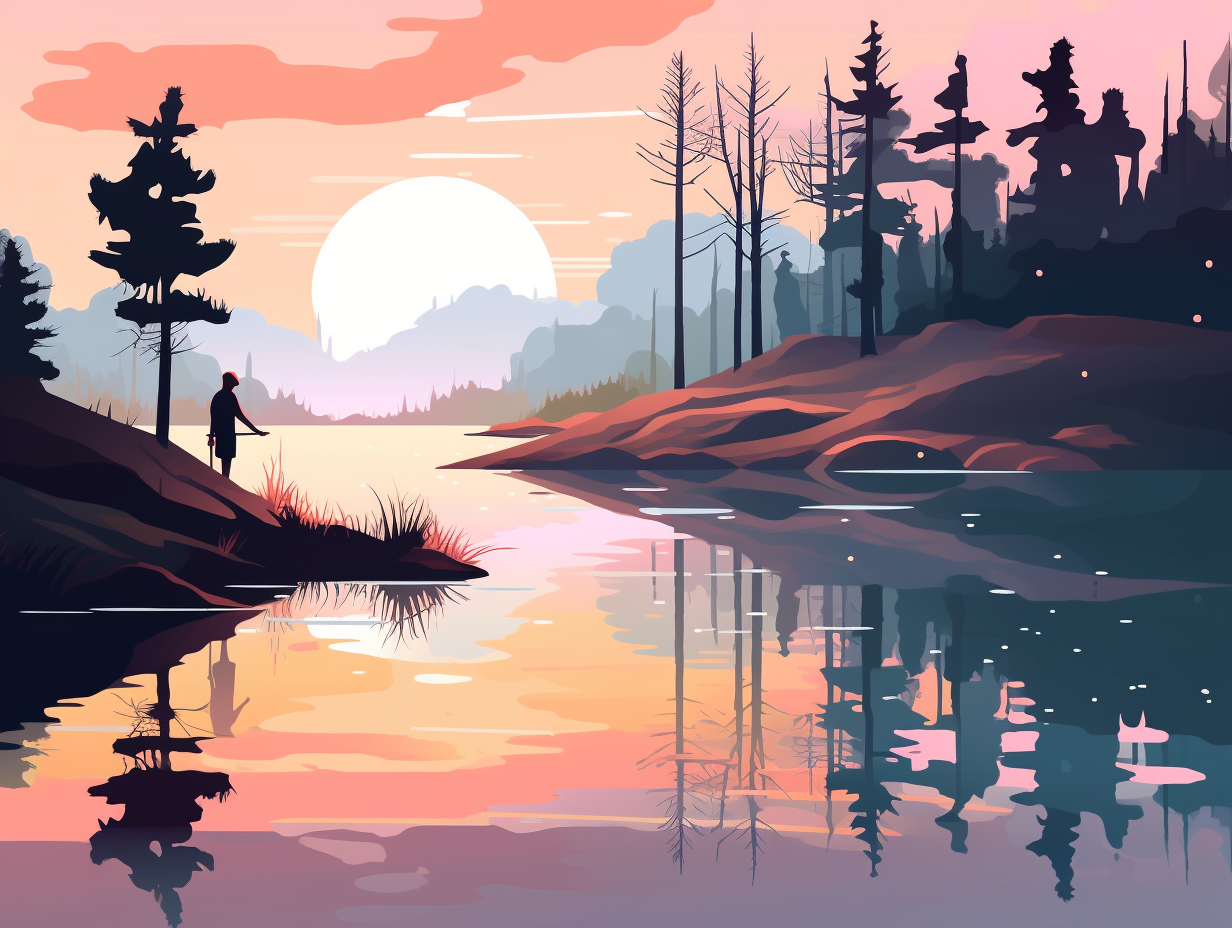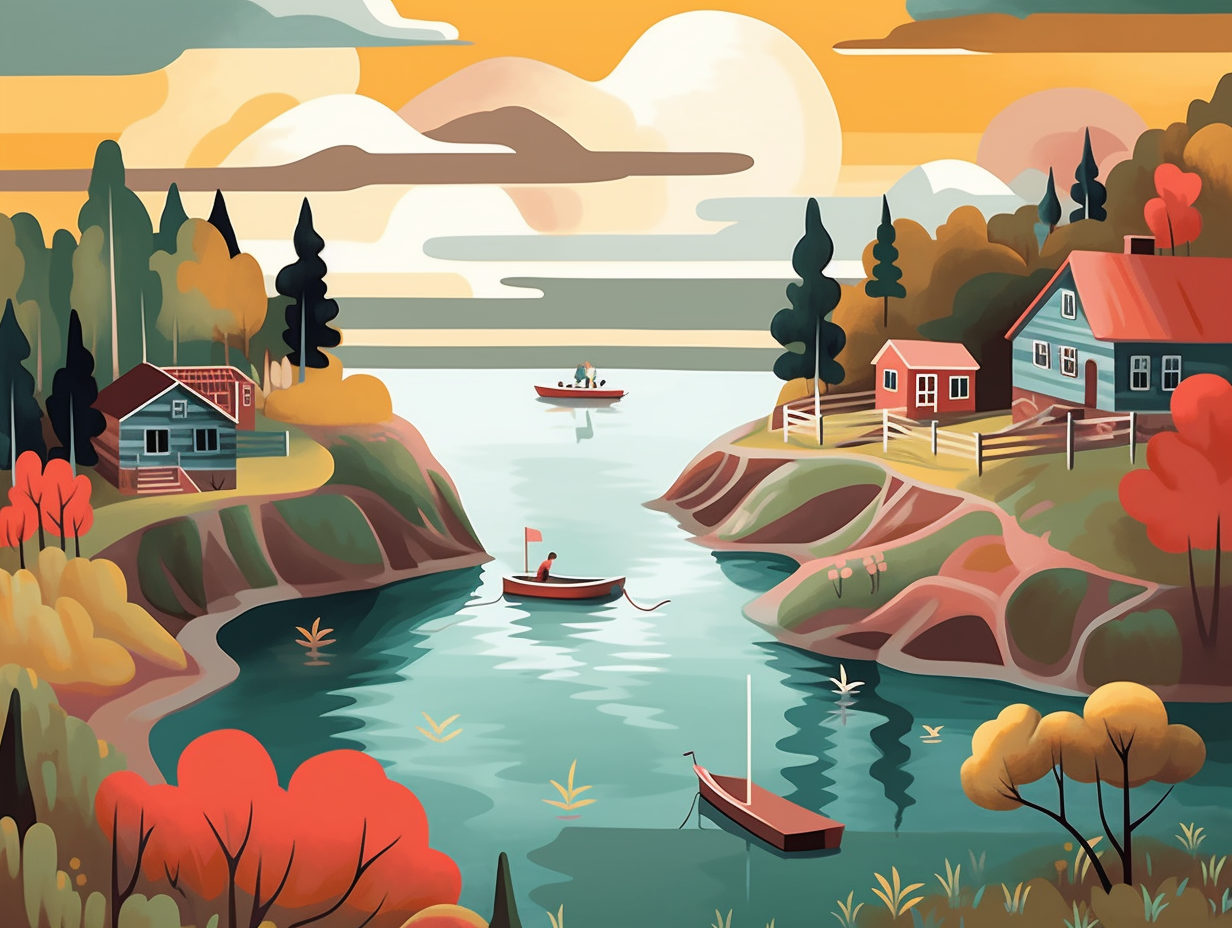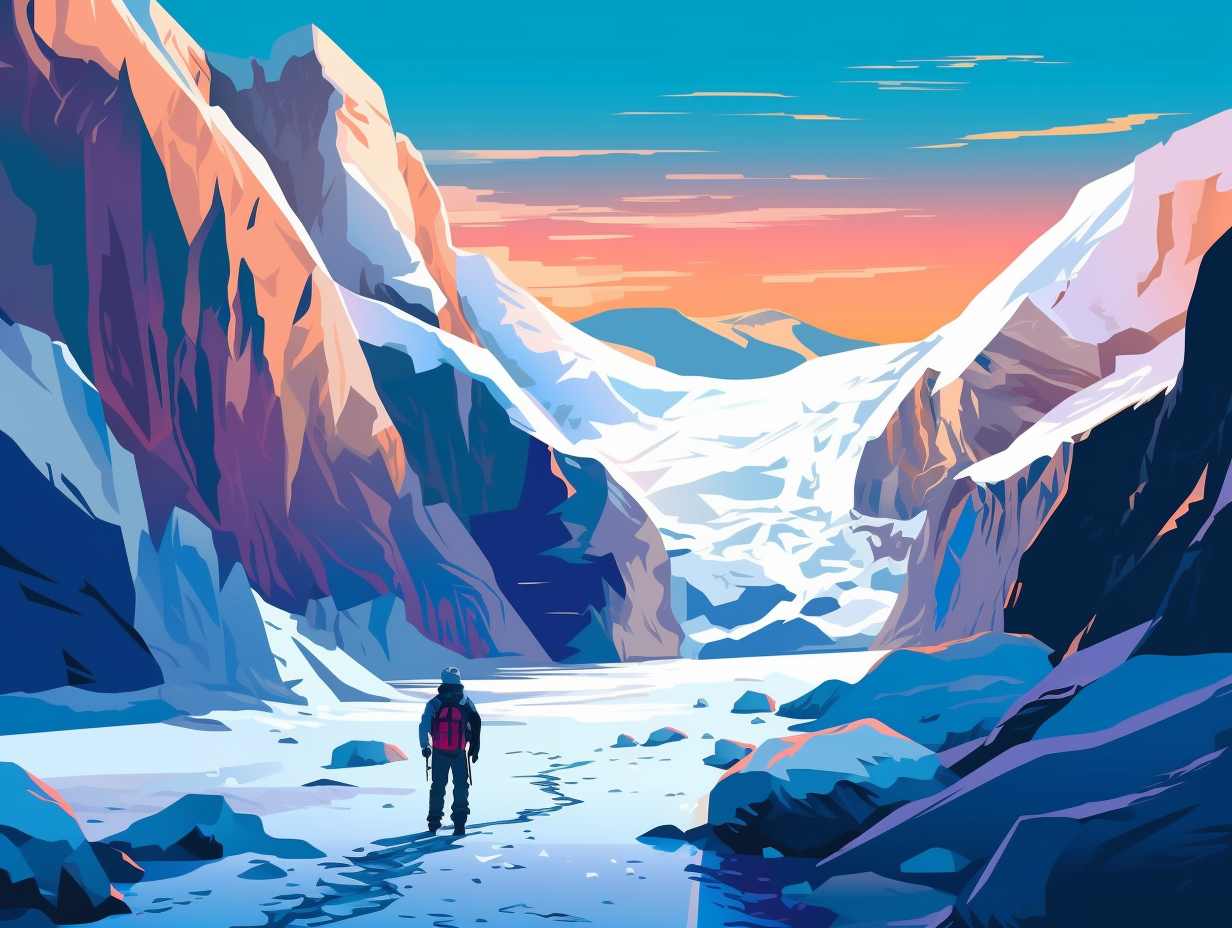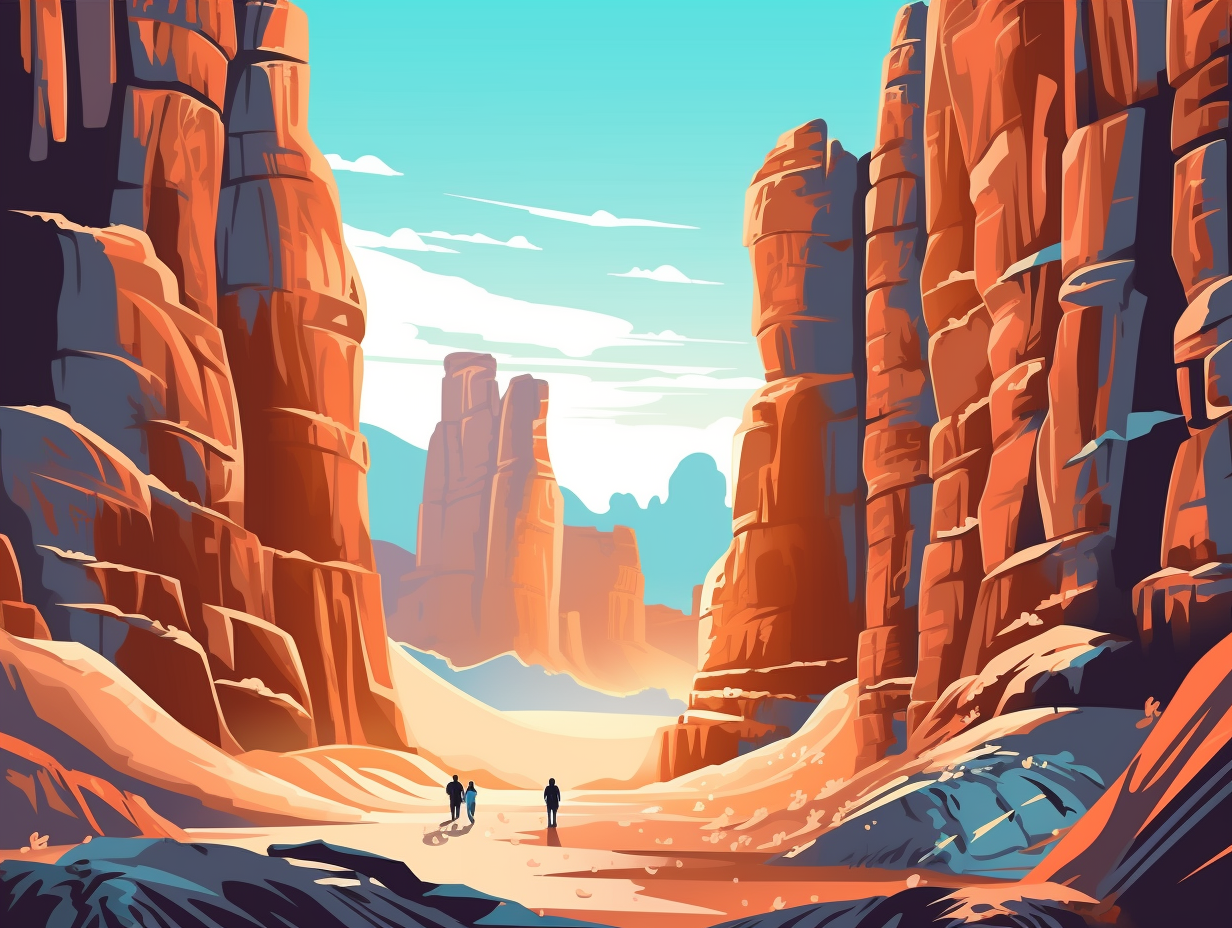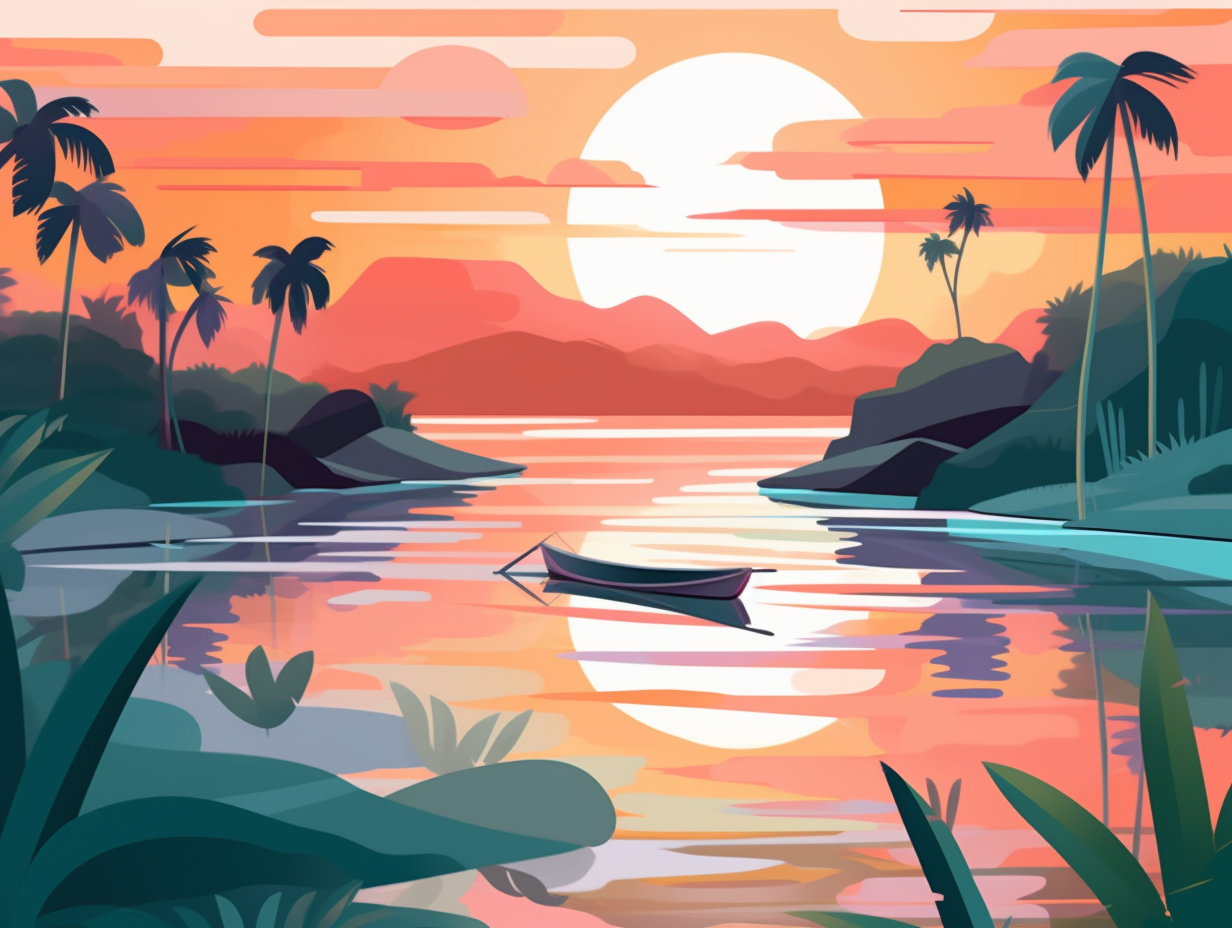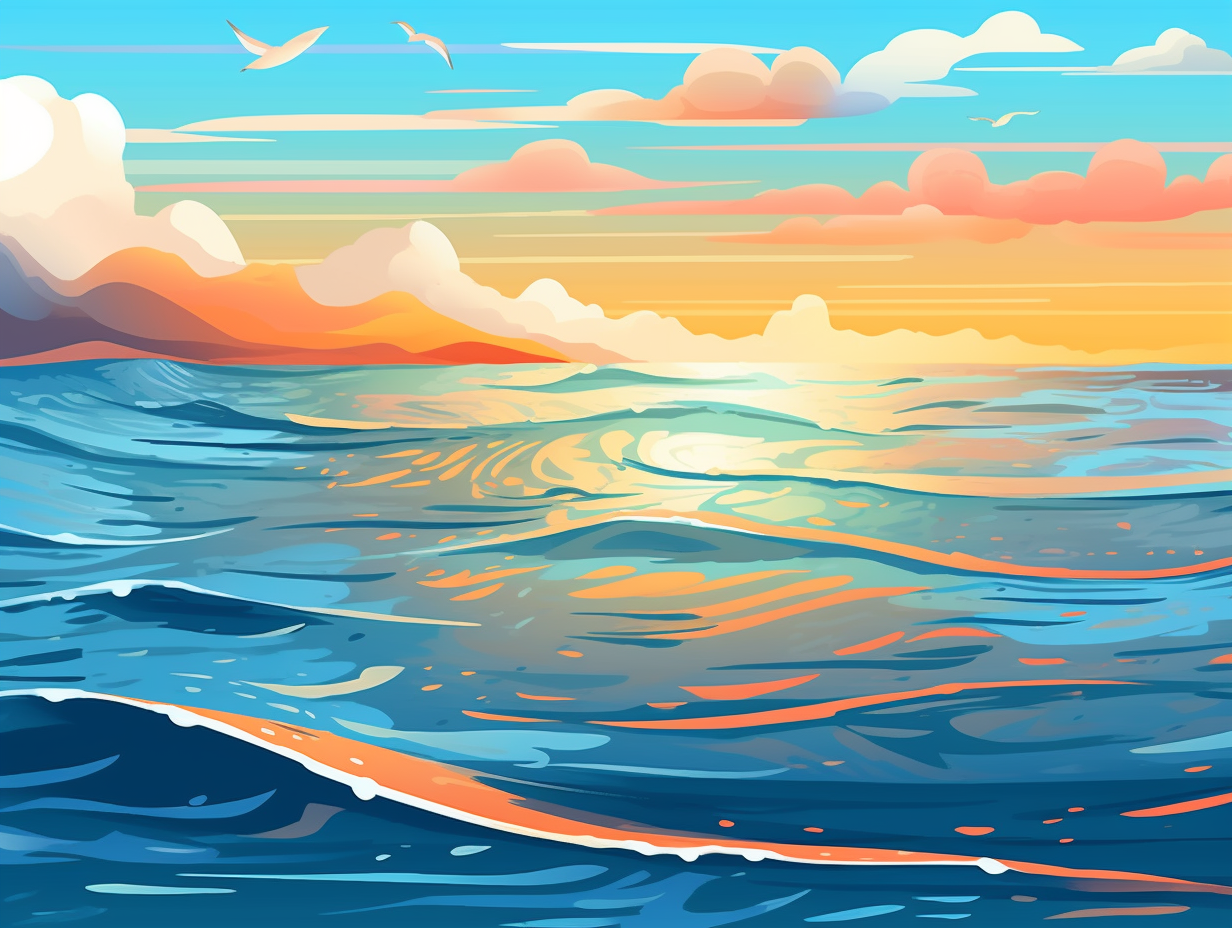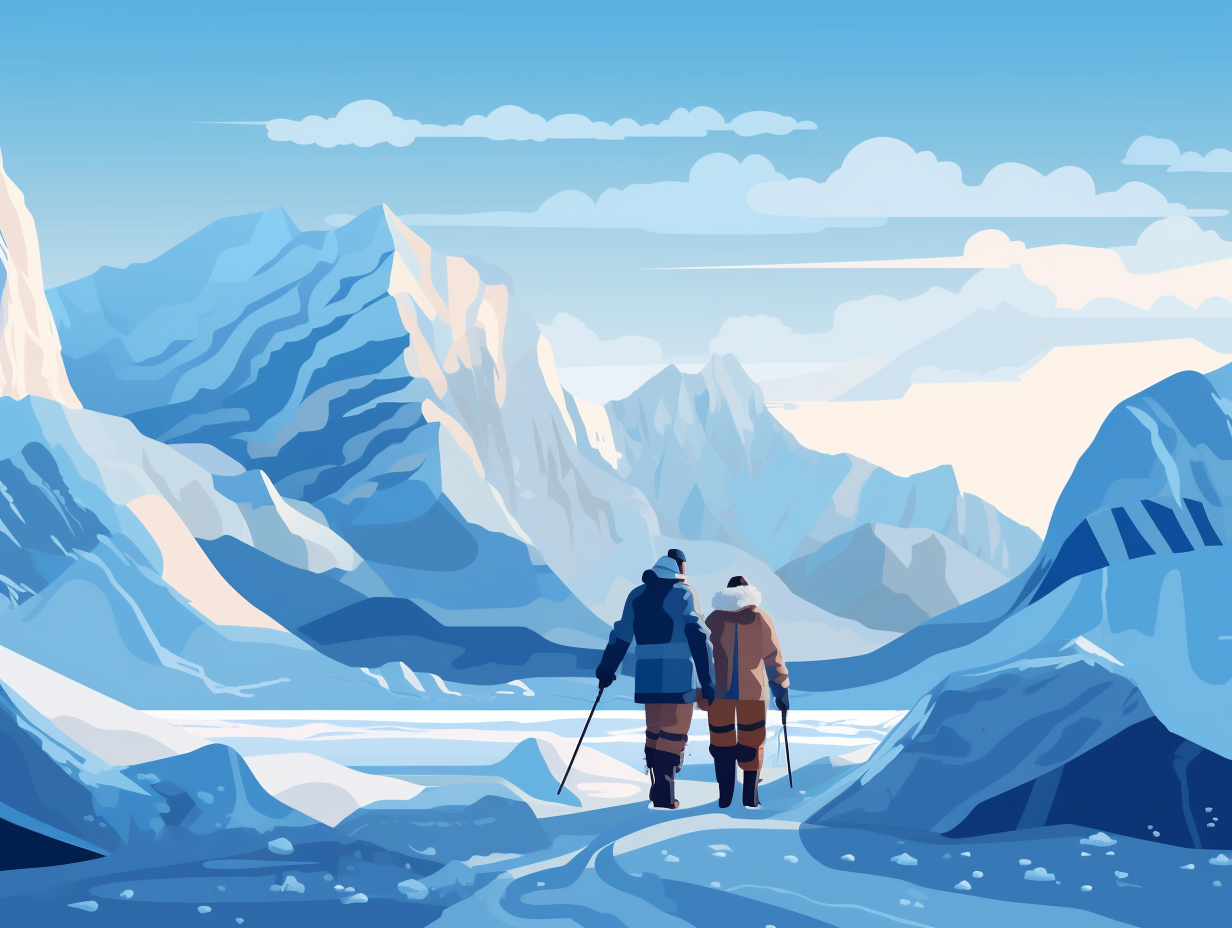Discover the Sahara: Top 12 Amazing Fun Facts About the World's Hottest Desert
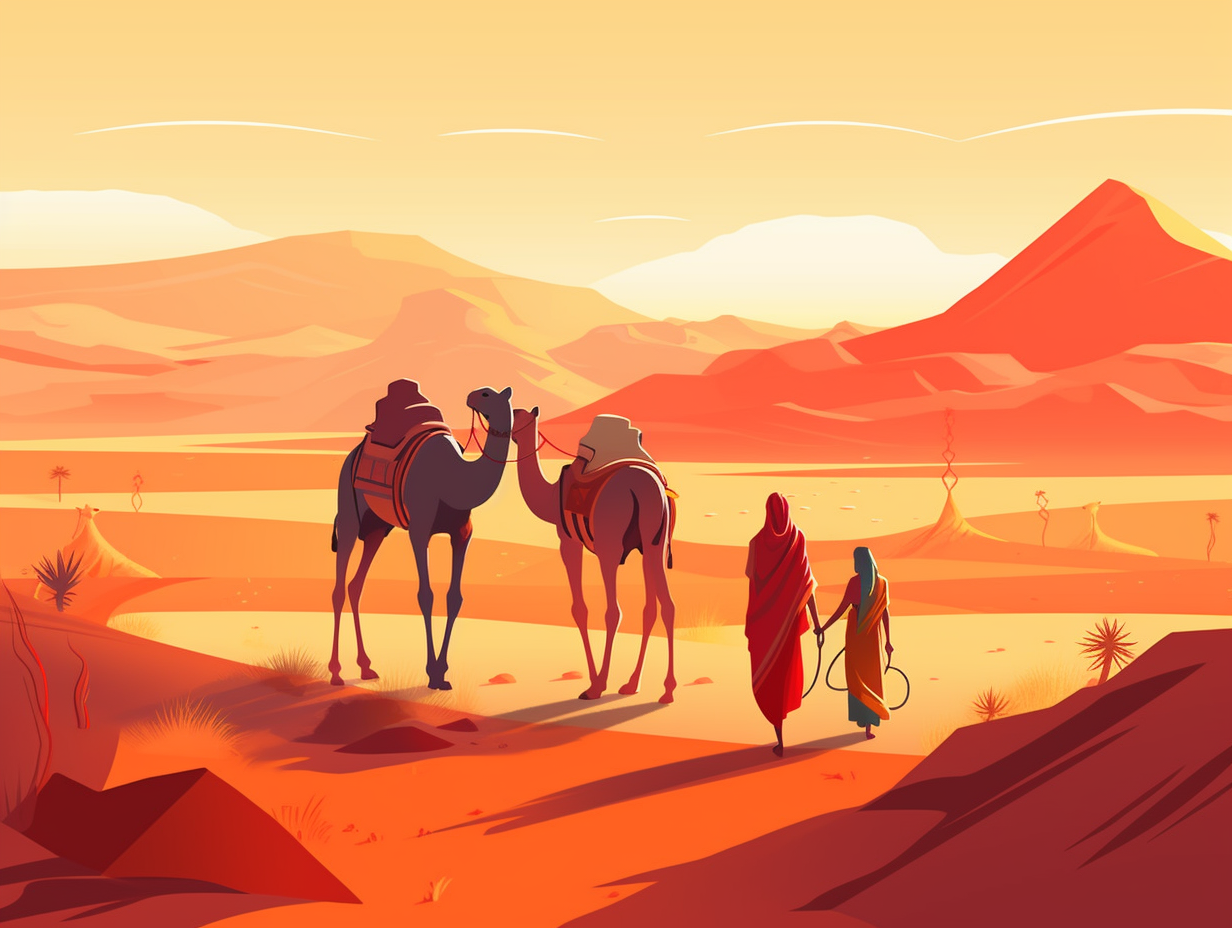
1. Sahara's Prehistoric Watering Hole
Who knew the Sahara Desert was once a watering hole for giraffes and a playground for elephants? Certainly not Simba, Timon, and Pumbaa! But plot twist: Approximately 7,000 years ago, the Sahara was home to a vast river system that would be considered the 12th largest drainage basin today if it hadn't dried up, turning the region into the desert we know now.
Source => ecowatch.com
2. Sahara: The Hot, Vast Adventurer
If the Sahara Desert were a contestant on a dating show, its profile would read, "A hot, vast adventurer looking to rock your world with towering dunes and record-breaking temperatures": Spanning over 9 million square kilometers, the Sahara is the largest hot desert on Earth and covers parts of 11 African countries. Its landscape consists of rocky hamada and sand dunes known as ergs that can reach over 180 meters tall, and it's home to the world's hottest recorded temperature in modern times - a scorching 57.8°C (136°F) in El Azizia, Libya.
Source => en.wikipedia.org
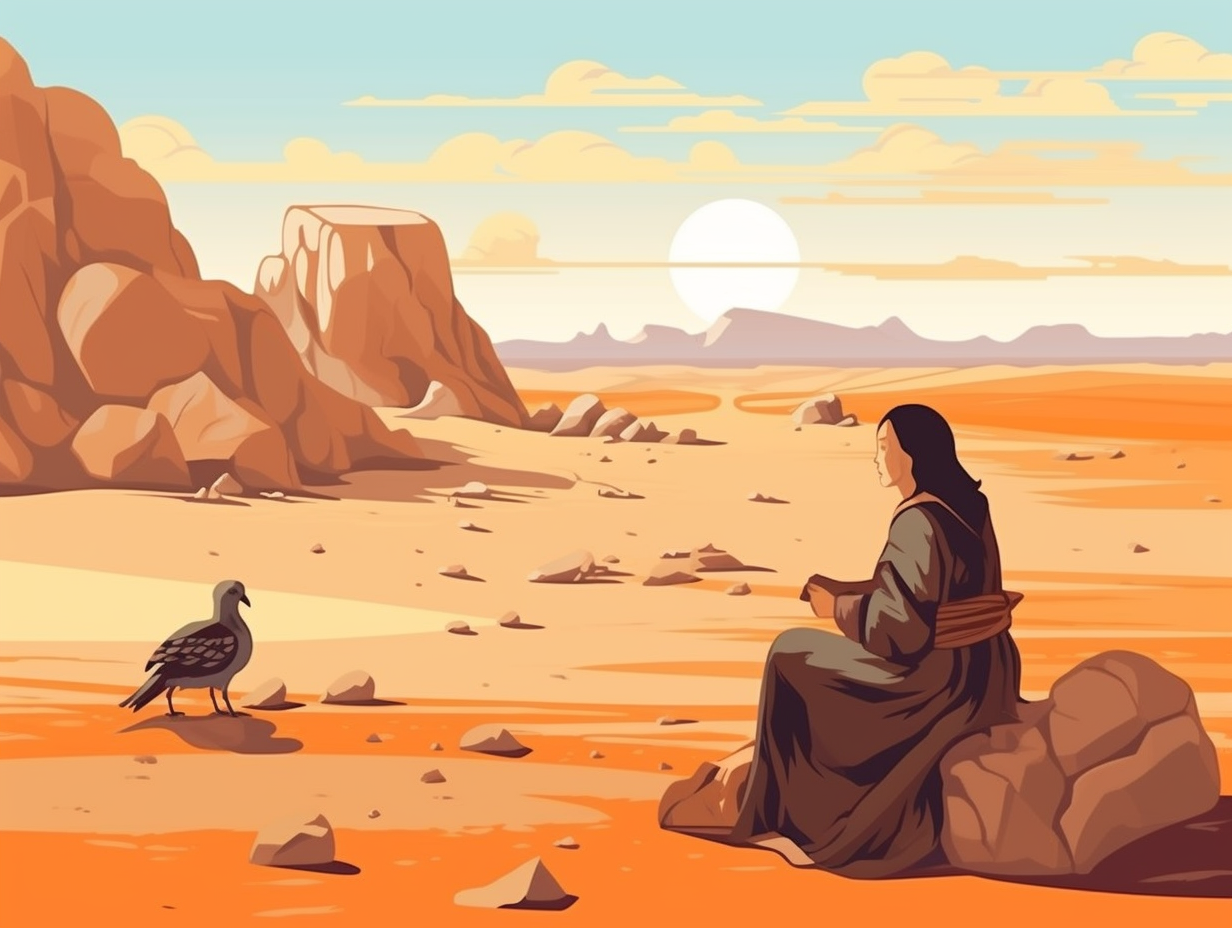
Did you know that the Gobi Desert has its own natural karaoke? Singing sands create mesmerizing melodies as they tumble down the dunes, producing haunting music that can be heard for miles! 🎶🏜️
=> Fun Facts about The-Gobi-Desert
3. Kardashian of Deserts
The Sahara Desert may just have more square footage than the Kardashians' closets combined, but swap designer heels for endless miles of sand dunes: It's the largest hot desert in the world, spanning 3.6 million square miles across North Africa, and it would take a determined walker roughly three months to traverse its entirety.
Source => livescience.com
4. Real-Life Sahara Survivors
Behold the real "Survivor" series, uncanceled since prehistoric times: the Sahara Desert, featuring an all-star lineup of the Desert Lot - the camel that can go Beyoncé-style (longer than many humans) without water, the addax antelope playing the role of the endangered one clinging to survival, the Fennec fox with its gigantic air-conditioning ears, and the stealthy Saharan cheetah running faster than the latest gossip: These unique and fascinating creatures have adapted to survive in one of the world's most inhospitable environments, the Sahara, exhibiting extraordinary features that enable them to thrive in the harsh, sun-soaked region.
Source => en.wikipedia.org

5. Mega Chad's Transformation
Once upon a drought, Mega Chad partied like it was 9,999 BC, before trading in its title as the world's biggest freshwater lake for a more modest lifestyle: Nowadays, the Sahara desert's downsized Lake Chad measures merely 137 sq miles (355 sq km) and Mega Chad's remnants – the Bodélé depression – have become the planet's largest source of atmospheric dust, whisking nutrients across the Atlantic to fertilize the Amazon rainforest.
Source => dailymail.co.uk
6. Sahara's Snowy Day
You know what they say, "A snowy day in the Sahara is like a fish riding a bicycle" – but hold on to your icicle earrings: On February 18, 1979, the Sahara Desert actually experienced a real snowfall, quickly melting away as if it was just a mirage in the sweltering sand dunes.
Source => almanac.com
7. Sahara's Underground Lake
You know that void at the end of your water bottle when you're really thirsty? Imagine filling that up with the Sahara desert's very own colossal underground lake: The Nubian Sandstone Aquifer System (NSAS) is the largest fossil water aquifer on Earth, containing 150,000 cubic kilometers of groundwater that spans across four north-eastern African countries, and is already being tapped into by Libya's Great Man-Made River project, providing 2.4 cubic kilometers of fresh water for consumption and agriculture each year.
Source => en.wikipedia.org
8. Goats: Sahara's Makeover Artists
Who knew goats could be interior decorators? Turns out, they played quite a role in Sahara's extreme makeover: A study revealed that around 11,000 years ago, the Sahara Desert was once a lush landscape with lakes, rivers, grasslands, and forests, but human overgrazing and their stylish, yet destructive goats and cattle, may have expedited the transition to the desert we know today, happening between 8,000 and 4,500 years ago.
Source => smithsonianmag.com
9. Skywalker's Pool Party Venue
If Luke Skywalker threw a pool party and invited Pharaohs and Mummies, the Sahara desert would be their exquisite venue: This vast, arid landscape houses numerous oases, like the picturesque Chebika oasis in Tunisia, supported by underground aquifers and even hosting small villages, some of which have been featured in iconic movies like Star Wars, The Mummy, and The English Patient.
Source => turmundial.com
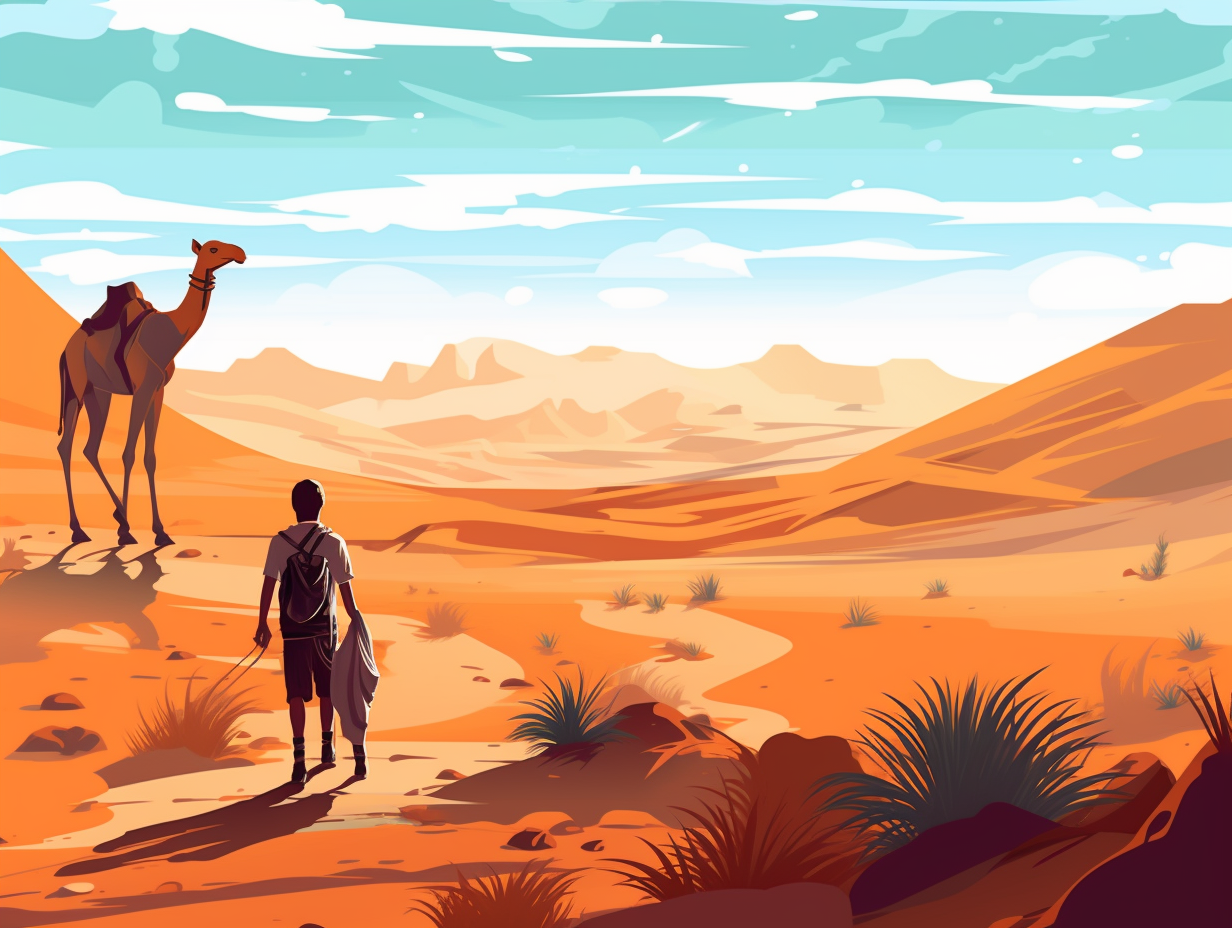
10. Sand Cat: The Desert Ninja
Move over, Grumpy Cat – there's a new feline in town, and it's endurance levels are no laughing matter: The Sand Cat, a small yet mighty survivor in the Sahara desert, has a tough insulating coat and low moisture requirements, making its elusive nature and remote populations key factors in its protection against poaching and human encroachment, as proven by rare Moroccan Sahara kitten footage captured by biologist Grégory Breton.
Source => thekidshouldseethis.com
11. Meteorite-Made Glassware
Not your everyday glassware: Libyan Desert Glass, crafted by a meteorite's grand entrance over 29 million years ago, features minerals like lechatelierite and baddeleyite, which only party at sweltering temperatures. Though the bash's exact location remains unknown, recent findings of reidite mineral crashers confirm it was quite the cosmic crash.
Source => fossilera.com
12. Necktie-Needing Ostriches
Struggling to find a necktie long enough? Look no further than the Sahara Desert: The North African ostrich, the world's largest living bird, makes its home there. Towering up to 9 feet tall and tipping the scales at 340 pounds, these red-necked avian giants face habitat loss and poaching, making them critically endangered. Thankfully, the Sahara Conservation Fund is working on reintroduction projects in Morocco and Tunisia to help restore the ostrich's population across its former African stomping grounds.
Source => en.wikipedia.org
Related Fun Facts


